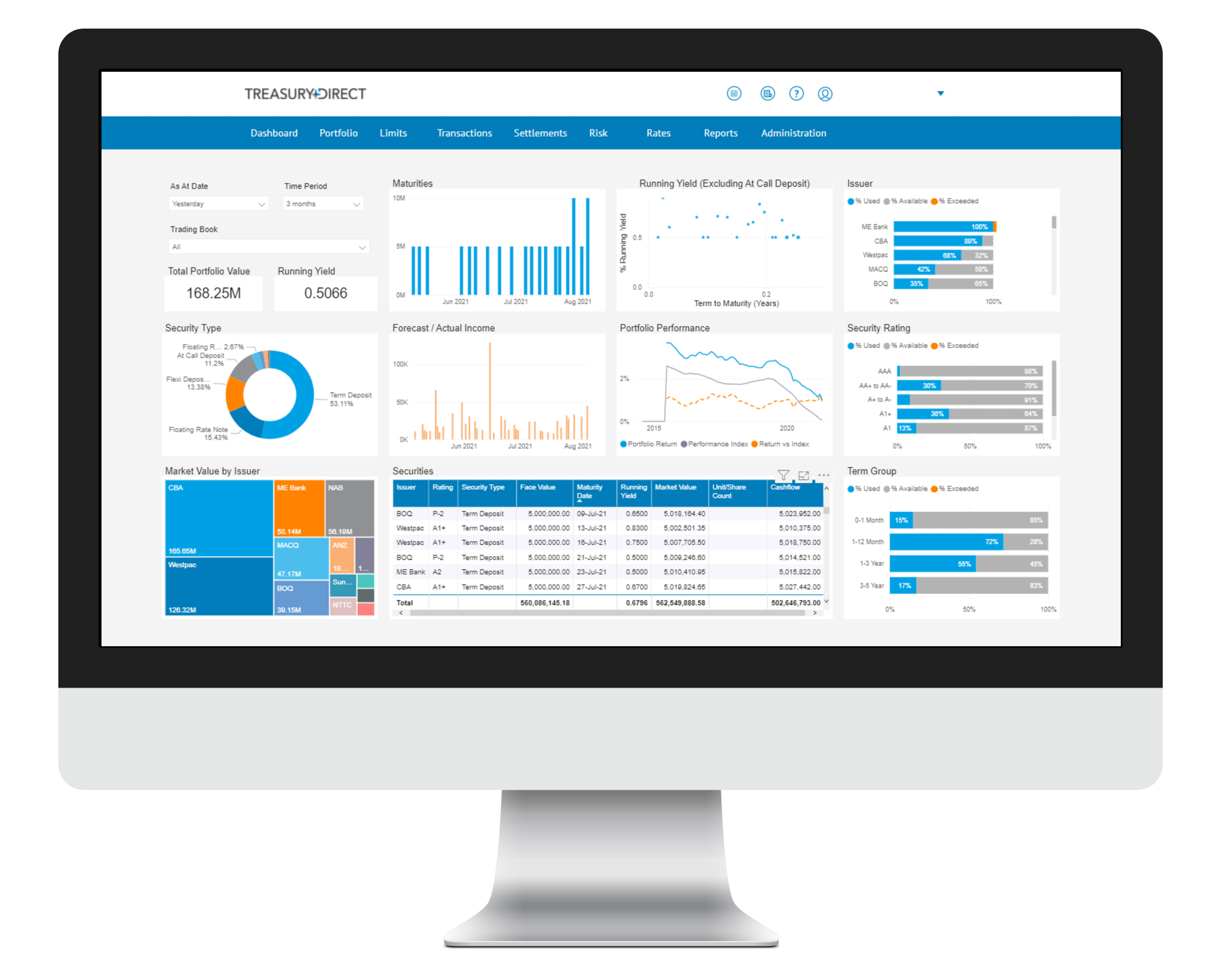Markets Overview
- ASX SPI 200 futures down 0.2% to 8,405.00
- Dow Average up 0.3% to 42,215.73
- Aussie up 0.2% to 0.6442 per US$
- US 10-year yield fell 6.0bps to 4.4180%
- Australia 3-year bond yield rose 2.1 bps to 3.44%
- Australia 10-year bond yield rose 4 bps to 4.37%
- Gold spot up 0.9% to $3,317.56
- Brent futures down 1.2% to $64.13/bbl
Economic Events
- 11:00: (AU) Australia to Sell A$1.2 Billion 4.25% 2036 Bonds
- 11:30: (AU) April Building Approvals MoM, est. 3.0%, prior -8.8%
- 11:30: (AU) April Retail Sales MoM, est. 0.3%, prior 0.3%
- 11:30: (AU) April Private Sector Credit MoM, est. 0.5%, prior 0.5%
- 11:30: (AU) April Private Sector Credit YoY, prior 6.5%
- 11:30: (AU) April Private Sector Houses MoM, prior -4.5%
Asian markets were set to decline in early trading Friday as curbed market optimism was driven by a slowing US economy and legal uncertainties around President Donald Trump’s trade war.
US equity futures slipped after the S&P 500 Index pared most of an advance that earlier approached 1%. Contracts for Australia, Japan and Hong Kong pointed to a loss when cash markets reopen Friday. The dollar was mixed in early trading against major currencies.
A federal appeals court offered Trump a temporary reprieve from a ruling threatening to throw out the bulk of his tariff agenda. Adding to concerns, the US economy shrank at the start of the year, restrained by weaker consumer spending and an even bigger impact from trade than initially reported.
“No matter what happens, markets realize that we are facing a long period of uncertainty,” said Win Thin, global head of markets strategy at Brown Brothers Harriman & Co. “Allowing tariffs to remain in place raises risks of stagflation and is both dollar and equity negative.”
Treasuries gained Thursday as traders upped expectations of Federal Reserve rate cuts following the growth data and as weekly jobless claims showed signs the labor market is cooling. Swaps markets fully priced two interest rate cuts by year-end, up from about 46 basis points of easing on Wednesday, according to data compiled by Bloomberg.
In a face-to-face meeting at the White House, Trump pushed Fed Chair Jerome Powell to lower interest rates, believing he is making a mistake by not cutting borrowing costs.
In corporates, Dell Technologies Inc. gave a profit outlook for the year that exceeded estimates and said it had seen a significant increase in orders for servers to run AI networks. Salesforce Inc. reported signs of traction in its new AI products, but that wasn’t enough to ease investor anxieties over a long trend of slowing revenue growth. United Airlines Holdings Inc. said Newark disruptions will cut into profits.
Focus in Asia will soon shift to Tokyo’s inflation reading, a bellwether for broader Japan, as traders ponder if the central bank will hike rates again this year amid ongoing tariff uncertainty. Consumer costs excluding food and energy are expected to accelerate to 3.2% from a year ago, up from 3.1% the month prior, according to a Bloomberg survey.
High inflation and strong wages growth means the Bank of Japan is likely to hike in July and December, Kristina Clifton, a senior economist and strategist at Commonwealth Bank of Australia wrote in a note to clients. “However, for the BOJ, the risks are skewed toward less hikes because of the uncertain global backdrop and negative impacts of US tariffs on the Japanese economy.”
In commodities, oil declined on concerns about rising supplies. Gold rose as much as 1.3% on Thursday.

